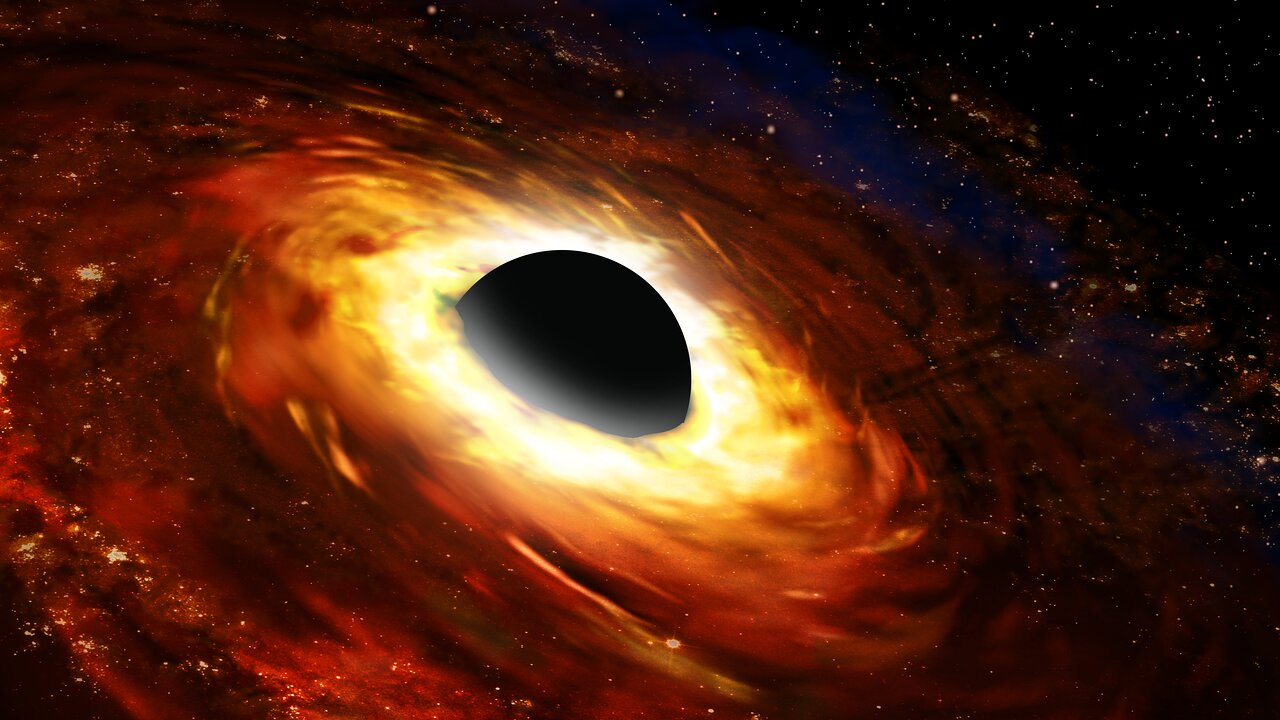Astronomers confirmed Einstein’s theory by observing the behavior of a black hole in the binary system MAXI J1820+070. The matter in its accretion disk behaves exactly as predicted by the scientist.

Black Hole Behavior
A group of astrophysicists from Oxford University, Newcastle University and the Institute of Astronomy (all UK), working with colleagues from the University of Virginia (USA), found evidence that Albert Einstein was right when he predicted in his theory of general relativity how matter approaching a black hole fell into it.
In their study published in Monthly Notices of the Royal Astronomical Society, Andrew Mummery, Adam Ingram, Andrew Fabian and Shane Davis observed matter falling into a black hole in the binary system MAXI J1820+070.
Previous studies have shown that matter approaching a black hole too closely is torn apart due to the gravitational effect: atoms closer to the black hole are attracted more strongly than those farther away from it. The material forms a ring around the black hole, which we call an accretion disk.
“Limit of existence” of accretion disk
Einstein’s theory suggests that there should be a boundary between such an accretion disk and a black hole. When the disk crosses this boundary, it falls inwards. Until now, it was unknown whether the matter in the accretion disk fell inward smoothly, or through sudden immersion. The theory of general relativity suggests that this should be the latter, but does not explain how a sudden immersion can be observed.
The research team studied the binary system at a distance of approximately 10,000 light-years using the orbital X-ray telescope NuSTAR. The system called MAXI J1820+070 has a black hole in the center, which has become the object of their research. To learn more about the black hole, scientists used data from the telescope to model its behavior.
The simulation showed that it worked as expected only when the matter that passed the inner boundary immersed into the black hole — confirming the predictions made by the general theory of relativity. Scientists have also found that light from incident matter can be observed because it combines with light from the accretion disk.
According to phys.org
Follow us on Twitter to get the most interesting space news in time
https://twitter.com/ust_magazine


